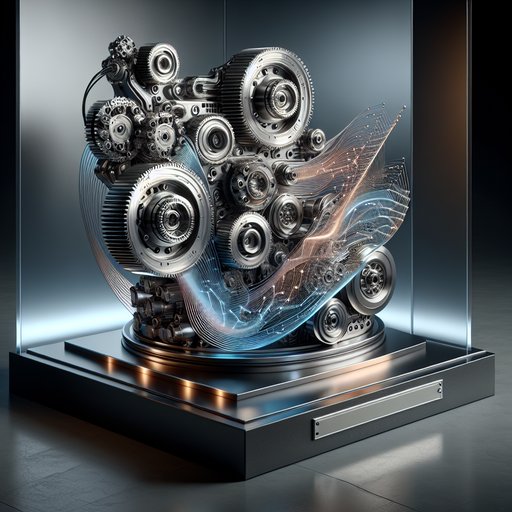
From design studios to museum floors, the latest high-performance drivetrains are being presented as works of kinetic art—objects where sculpture meets code. This report summarizes the mechanical craft and the software intelligence now shaping supercars and hypercars, drawing on examples celebrated by curators, prized by collectors, and tested before live audiences at major shows. The immediate impact is tangible: crisper launches, sharper corner exits, and efficiencies that extend performance without sacrificing character.
Mechanical innovation remains the spine of the discipline, and curators have increasingly displayed components as standalone artworks to show why. Lightweight carbon-composite driveshafts, additive-manufactured housings, and titanium fasteners reduce mass and sharpen response, a story often told with cutaway drivetrains on plinths at brand museums in Maranello, Stuttgart, and Munich. Transmission architectures have diversified: Porsche’s Taycan rear-axle two-speed improves both launch and Autobahn pace, Koenigsegg’s direct-drive and multi-clutch layouts rethink gear changes, and active differentials blend track precision with road civility. In hybrids and EVs, compact e-axles and hairpin-wound, oil-cooled motors deliver dense power, while silicon-carbide inverters trim losses that would otherwise dull the art.
The net effect—documented in galleries and on circuit—has been faster laps with fewer compromises in drivability. The software layer has become the invisible studio, where calibration is a craft signed in code. Torque-vectoring algorithms in quad- and tri-motor setups—celebrated in demonstrations of the Rimac Nevera and Ferrari’s e-diff systems—paint cornering lines by metering power to each wheel in milliseconds. Predictive energy and thermal management, informed by GPS, IMU data, and digital twins, preconditions batteries, motor windings, and brake-by-wire systems before a hot lap.
Track modes now let drivers and collectors choose character as if selecting a gallery lighting scheme, from Tesla’s Track Mode biasing torque to Porsche and Ferrari programs that adjust mapping, cooling, and regen for a given circuit. Over-the-air updates have become traveling exhibitions in their own right, bringing revised shift logic, traction thresholds, and efficiency gains to existing cars overnight. Institutions have reframed these advances as cultural artifacts with clear timelines. The Victoria and Albert Museum’s 2019–2020 Cars exhibition contextualized the automobile as design history, while the Petersen Automotive Museum’s Hypercars display through 2024 put cutting-edge powertrains under spotlights for general audiences.
Brand museums and factory tours—from Ferrari and Porsche to Mercedes-Benz—stage cutaways and dyno films like video installations, turning complex mechanics into legible narratives. Each July, Goodwood Festival of Speed curates live “performances,” where spectators witness the immediate impact of vectoring and hybrid boost on hillclimb splits. Collectors, acting as patrons, commission track-focused builds and share data-rich drives at Concours and club days, creating a feedback loop that influences what curators choose to show next. Designers and engineers are already sketching the next chapters that curators will soon interpret for the public.
Expect wider use of axial-flux motors, compact two-speed e-axles, and higher-voltage SiC or GaN power electronics to lift sustained power within tight thermal envelopes over the next two to three years. In ICE-hybrid art, pre-chamber ignition, electrically assisted turbos, and lighter, printed cooling hardware promise cleaner, more responsive power units for limited-series track cars. Software will lean on model-predictive control and localized AI to blend regen, friction braking, and torque delivery with a fidelity that feels bespoke to each circuit. Museums and festivals are preparing interactive simulators and teardown workshops so audiences can experience these choices firsthand, turning the drivetrain from a hidden mechanism into a centerpiece of contemporary automotive culture.












